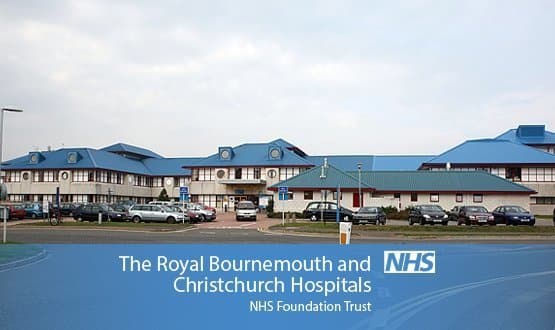The Royal Bournemouth and Christchurch Hospitals NHS Foundation Trust and Poole Hospital NHS Foundation Trust will have shared patient records following the implementation of CareCentric at both locations.
Royal Bournemouth has decided to use Graphnet’s CareCentric as its core electronic patient record, which is already in place at its neighbouring trust across all specialities.
Royal Bournemouth and Poole share a common IT department and will be working on the same instance of CareCentric. The fully integrated deployment will allow clinicians to access and update combined records for patients across Dorset.
As part of the Poole implementation, the system is already being accessed by clinical networks, GP practices, social services, community teams and community hospitals, with more than 10,000 users.
The system is used to create electronic forms and pathways and as a clinical portal.
The CareCentric instance at Poole accepts feeds from a large number of local systems including patient information system activity and outcomes, pathology results, radiology reports, GP referral letters and A&E discharge information.
Additional feeds will be added for the Royal Bournemouth deployment including embedded links to Sunquest’s order communications software and the Somerset Cancer Registry.
Poole already has embedded Kainos Evolve electronic document management software within CareCentric.
Peter Gill, director of informatics at Royal Bournemouth, said the trust is looking to develop a rich electronic record system for its patients and to integrate more closely with services provided across the area.
“The Graphnet software gives us the flexibility to build in numerous feeds, from clinical systems in use at our trust, as well as embedded links out to other systems used across the wider health economy.
“We can also use the electronic form-building capability within CareCentric to design our own specialist clinical pathways and drive best practice.”
Poole has built a large number of specialist clinical solutions around the EPR and has peak daily access volumes of around 14,000.

